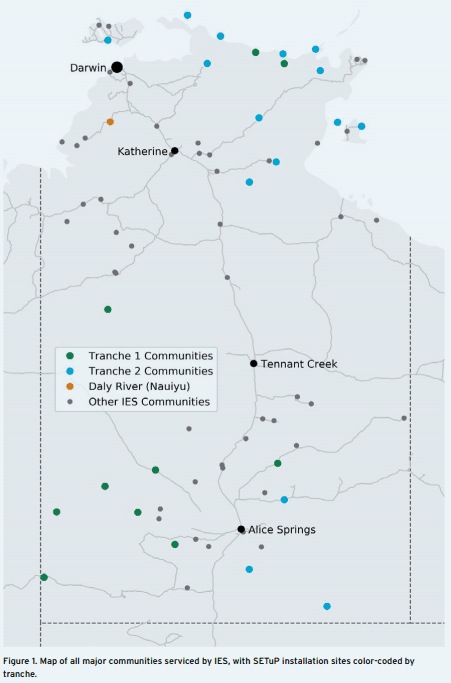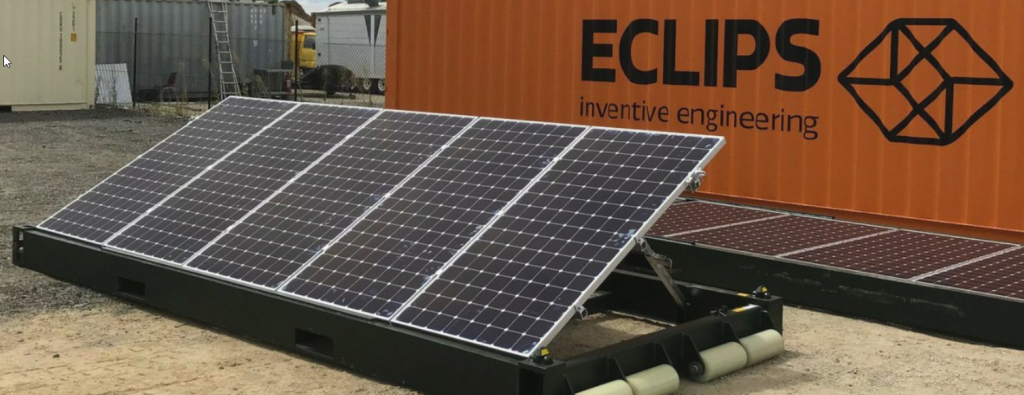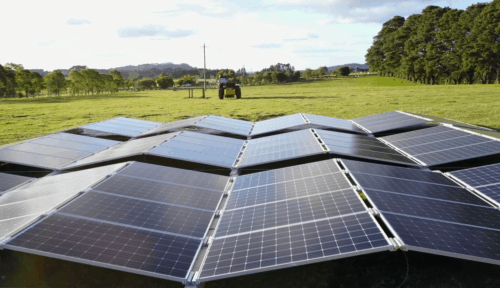The $59m Northern Territory Solar Energy Transformation Program continues to provide remote communities with solar power – let’s take a look at its progress and what we can expect from the program in 2019.
Northern Territory Solar Energy Transformation Program

The Northern Territory Solar Energy Transformation Program is jointly funded by Northern Territory Government and led by the Northern Territory’s Power and Water Corporation. It’s also known as SETuP and its aim is to “transform the delivery of electricity in remote off-grid communities throughout the Northern Territory” as per the ARENA website.
This transformation program is a great step forwards for rural solar installations – with the initial 2017 scope seeing 30 remote communities receive 10MW of PV solar which will, in the majority of cases, result in 15% diesel fuel displacement. So there is still plenty of work to do after the project is complete, but it’s a great step in the right direction to help remote communities who are currently leaning on diesel fuel for their power needs. This is expensive and terrible for the environment.
We also wrote about Remote NT Solar in 2017 as Ivor Frischknecht, the ARENA CEO, said “We’ve seen the benefits of renewable energy off the grid with mining and we know Solar SETuP can deliver the same results for Aboriginal communities”.
With the project being relatively mature right now and supplying over 100GWh to 72 indigenous communities in the Northern Territory, ARENA released a document titled ‘A first look at the integration of PV and Diesel Power Stations in remote communities’ in December 2018. It explores the ‘early operational experience’ from the Trance One projects of the program.
If you’d like to read the document please click here – it’s a fascinating insight into combining diesel fuel with solar power – some areas of particular interest are the Daly River (Nauiyu) NT SETuP.
Contact information
Mr Sam Latz, Manager – Solar SETuP, Power and Water Corporation



